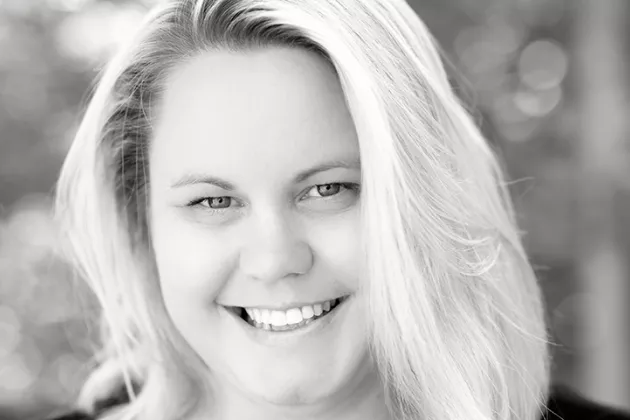Hanna Bäck, Royce Carroll, Emma Renström, and Alexander Ryan have tried to answer these questions in a survey experiment. They show that voters interpret neutral messages in a biased manner and become more polarized when getting messages from in- or outgroup representatives. In the article, “Elite communication and affective polarization among voters”, published in Electoral Studies, you can read more about their results.
Authors: Hanna Bäck, Royce Carroll, Emma Renström, Alexander Ryan
Title: Elite Communication and Affective Polarization among Voters
Link to publication: Bäck, H., Carroll, R., Renström, E., & Ryan, A. (2023). Elite communication and affective polarization among voters. Electoral Studies, 84, 102639. Elite communication and affective polarization among voters - ScienceDirect





